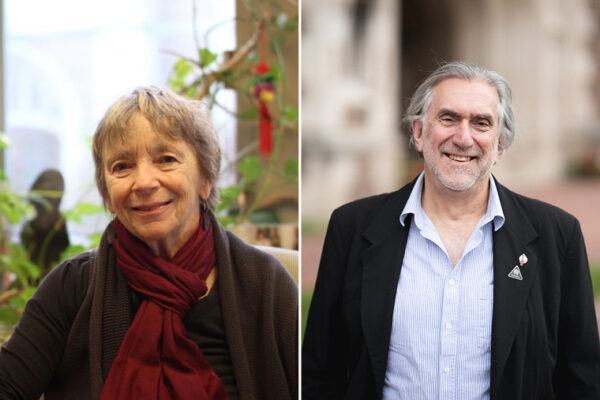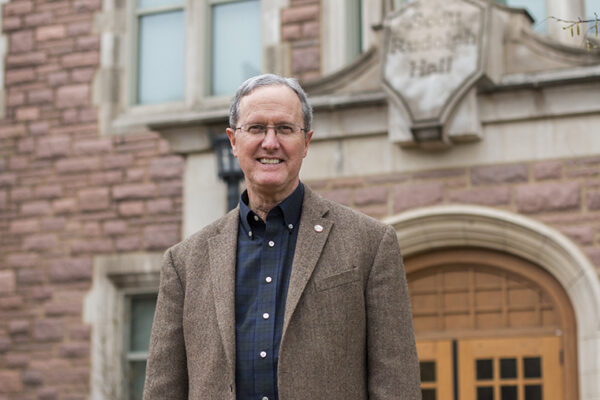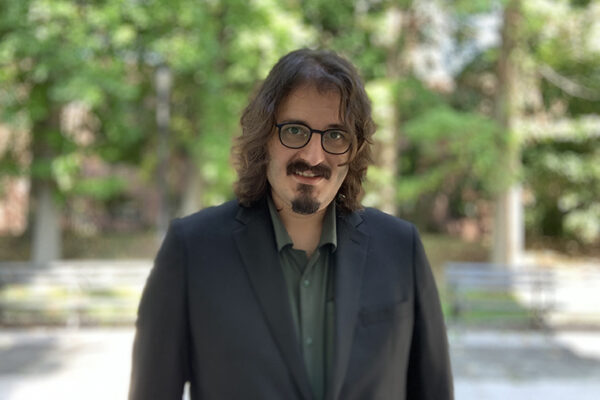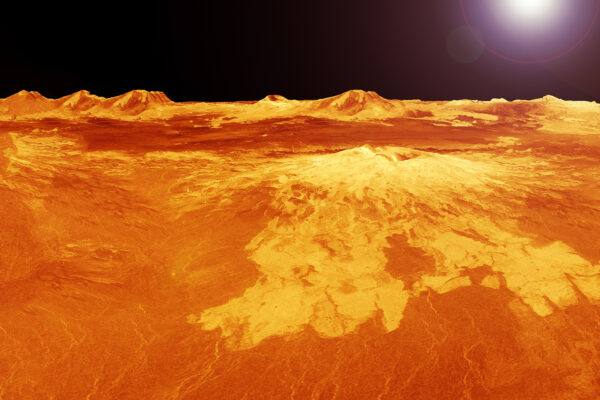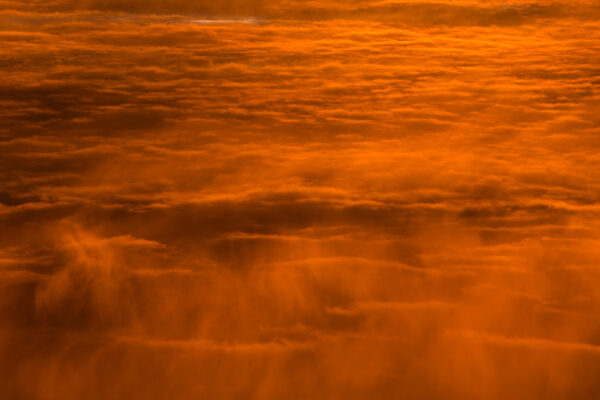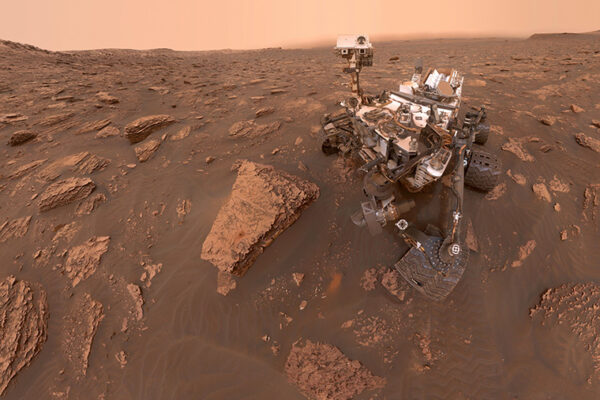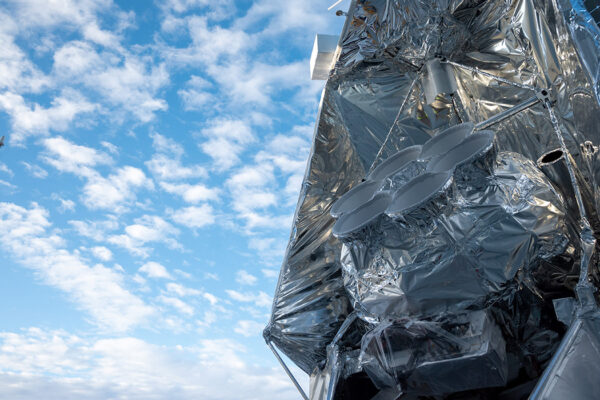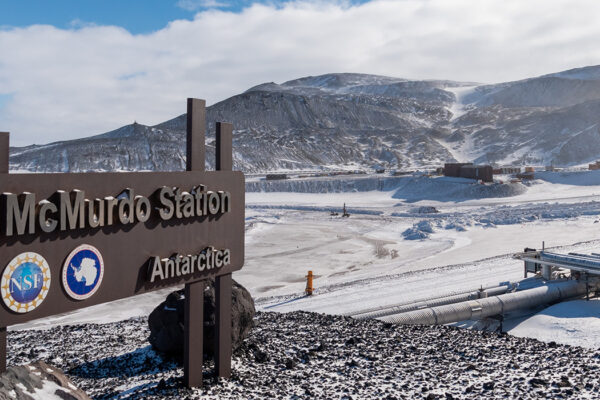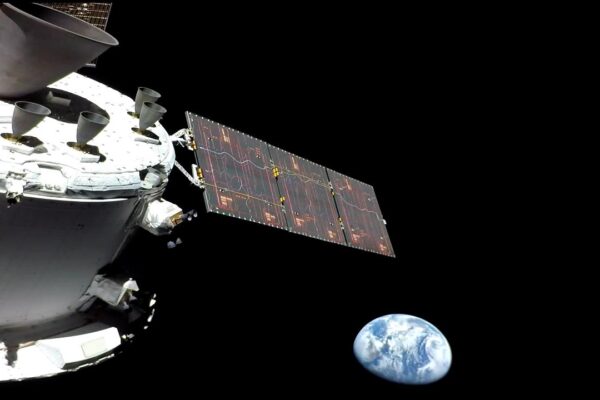Goodenough, McKinnon elected to National Academy of Sciences
Ursula W. Goodenough, a professor emerita of biology, and William B. McKinnon, a professor of earth and planetary sciences, both in Arts & Sciences, have been elected to the National Academy of Sciences. Election to the academy, announced May 2, is considered one of the highest honors that can be awarded to a U.S. scientist or engineer.
Next steps in returning people to the Moon
“As we leave the Moon at Taurus-Littrow, we leave as we came and, God willing, as we shall return, with peace and hope for all mankind.” These were the words of Apollo 17 astronaut Eugene Cernan just over 50 years ago as he and fellow astronaut Harrison Schmitt departed from the lunar surface for the […]
Physicist Daylan selected for NASA open-science effort
Tansu Daylan, an assistant professor of physics in Arts & Sciences, will develop curriculum for enhanced reproducibility and equity in exoplanet research.
Scientists share ‘comprehensive’ map of volcanoes on Venus — all 85,000 of them
Planetary scientists Paul Byrne and Rebecca Hahn in Arts & Sciences have created the first comprehensive map of volcanoes on Venus, pinpointing 85,000 of them. Their study was posted online in JGR Planets, and the dataset is publicly available.
Study quantifies global impact of electricity in dust storms on Mars
Using a planetary simulation chamber built at Washington University, scientists led by Alian Wang in Arts & Sciences discovered that electricity in dust storms could be the major driving force of the Martian chlorine cycle.
What’s ahead for 2023
What changes and trends could we see this year? WashU experts in areas from artificial intelligence to climate to fashion share their insights.
Experimentalists: Sorry, no oxygen required to make these minerals on Mars
Scientists at Washington University in St. Louis discovered that under Mars-like conditions, manganese oxides can be readily formed without atmospheric oxygen. The study from the laboratory of Jeffrey Catalano in Arts & Sciences was published Dec. 22 in Nature Geoscience.
SPIDER launches from Antarctica
A team of scientists including physicist Johanna Nagy at Washington University in St. Louis successfully launched a balloon-borne experiment studying the early universe on Dec. 21. The instrument, called SPIDER, was carried aloft by a scientific balloon from its launch pad in Antarctica.
Back to Antarctica with SPIDER
Physicist Johanna Nagy in Arts & Sciences chases traces of “the beginning of the universe” using a balloon-borne instrument that will be launched in the next few weeks.
To the Moon and back
A first-person account from NASA Flight Director Fiona Turett, BSME ’09, on how she approaches her work leading teams of flight controllers, engineers and professionals on missions like Artemis I.
Older Stories
